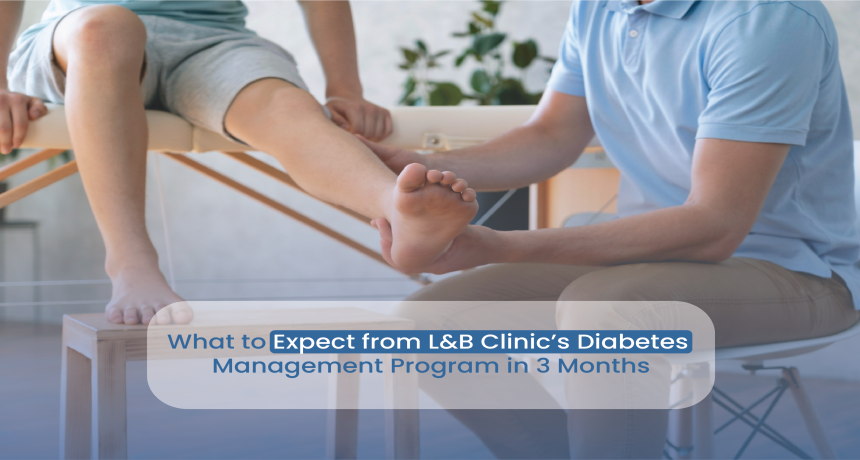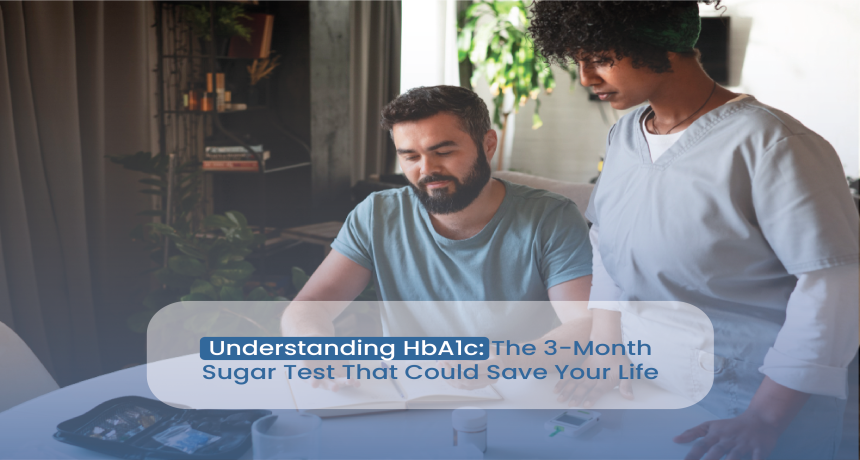A Beginner's Guide to the Low Glycemic Diet: Secrets to Stable Blood Sugar and Optimal Health
2024-04-22 Low GI Diet By Longevity & Beyond! Are you struggling to maintain stable blood sugar levels and manage your weight? You're not alone. According to the International Diabetes Federation, India is home to the second-largest population of people with diabetes in the world, with over 77 million individuals affected. But what if there was a simple, effective way to take control of your blood sugar and transform your health? Enter the low glycemic diet. The low glycemic diet is a game-changing approach to eating that focuses on foods that keep your blood sugar levels stable. By embracing low glycemic index (GI) foods and making smart dietary choices, you can experience a wide range of benefits, from improved diabetes management to increased energy levels and better overall health. In this comprehensive guide, we'll dive deep into the world of the low glycemic diet, exploring its principles, benefits, and practical tips for making it work for you. At the heart of the low glycemic diet is the glycemic index, a scale that ranks foods based on how quickly they raise your blood sugar levels. Foods with a high GI, such as white bread, sugar, and many processed snacks, cause rapid spikes in blood sugar, leading to energy crashes, cravings, and potential health issues over time. On the other hand, low GI foods, like most fruits, vegetables, legumes, and whole grains, are digested and absorbed more slowly, promoting stable blood sugar and sustained energy. By focusing on low GI foods and minimizing high GI options, the low glycemic diet helps you maintain balanced blood sugar levels throughout the day. This not only reduces your risk of developing diabetes and other chronic diseases but also supports healthy weight management, improved mental clarity, and better overall well-being. The low glycemic diet offers a wide range of benefits that are particularly relevant to the Indian population: With diabetes on the rise in India, adopting a low glycemic diet can be a powerful tool for both prevention and management. By keeping blood sugar levels stable, this approach reduces the strain on your pancreas and helps your body use insulin more effectively. For those already living with diabetes, a low GI diet can significantly improve blood sugar control and reduce the risk of complications. Obesity is a growing concern in India, with over 135 million individuals affected. The low glycemic diet promotes weight loss and maintenance by keeping you feeling full and satisfied for longer periods. By reducing cravings and overeating, this approach can help you achieve and maintain a healthy weight without feeling deprived. India has one of the highest rates of heart disease in the world, with nearly 50 million people affected. The low glycemic diet can help protect your heart by lowering cholesterol levels, reducing inflammation, and improving blood pressure. By focusing on nutrient-dense, low GI foods, you can give your heart the support it needs to function at its best. Do you often experience mid-day energy slumps or difficulty concentrating? The low glycemic diet can help. By promoting stable blood sugar levels, this approach provides a steady supply of energy to your brain and body, helping you feel more alert, focused, and productive throughout the day. Now that you understand the benefits of the low glycemic diet, let's explore how you can make it work for you. Here are some practical tips for incorporating low GI foods into your daily routine: Many traditional Indian foods are naturally low on the glycemic index, making them perfect for a low GI diet. Some examples include: - Legumes: Chickpeas (chana), lentils (dal), kidney beans (rajma) - Whole grains: Brown rice, millets (ragi, jowar, bajra), whole wheat (atta) - Vegetables: Spinach (palak), okra (bhindi), eggplant (baingan), cauliflower (gobi) - Fruits: Guava (amrood), apple (seb), orange (santara), pear (nashpati) By building your meals around these staples, you can easily create delicious, satisfying dishes that support stable blood sugar and overall health. While carbohydrates are an essential part of a balanced diet, not all carbs are created equal. To follow a low glycemic diet, focus on choosing smart carbohydrates that are high in fiber and nutrients. Some great options include: - Whole grains instead of refined grains (e.g., brown rice instead of white rice) - Starchy vegetables like sweet potatoes and yams instead of regular potatoes - Fresh fruits instead of fruit juices or sweetened dried fruits - Legumes and pulses instead of processed snacks By making these simple swaps, you can significantly lower the glycemic load of your meals and promote stable blood sugar levels. Another key strategy for following a low glycemic diet is to pair carbohydrates with protein and healthy fats. This combination helps slow down digestion and the absorption of glucose into your bloodstream, leading to a more gradual rise in blood sugar. Some delicious pairings to try include: - Dal with brown rice and a side of yoghourt - Whole wheat roti with paneer and vegetable curry - Chickpea salad with olive oil dressing and a handful of nuts - Fruit with a dollop of nut butter or a slice of cheese By creating balanced meals that include all three macronutrients, you can optimise your blood sugar response and feel more satisfied after eating. In addition to choosing the right foods, how you eat them is equally important. Mindful eating is a practice that involves paying attention to your food and your body's hunger and fullness cues. By slowing down, savouring each bite, and tuning into your body's signals, you can improve your relationship with food and make healthier choices. Some tips for practising mindful eating include: - Eating without distractions like TV or phones - Taking small bites and chewing thoroughly - Putting your fork down between bites - Stopping when you feel comfortably full, not stuffed By incorporating mindful eating into your low glycemic diet, you can develop a more intuitive, enjoyable approach to nourishing your body. One of the biggest challenges of following any new diet is finding the time and energy to plan and prepare healthy meals. To set yourself up for success on the low glycemic diet, try these tips: - Plan your meals and snacks in advance, focusing on low GI options - Batch cook staples like brown rice, lentils, and roasted vegetables for easy reheating - Keep a stash of low GI snacks on hand, like fresh fruit, nuts, and yoghourt - Experiment with new recipes that feature low GI ingredients to keep things interesting By taking a proactive approach to meal planning and preparation, you can make the low glycemic diet a sustainable, enjoyable part of your lifestyle. Embracing a low glycemic diet is a powerful way to take control of your blood sugar, manage your weight, and optimise your overall health. By focusing on nutrient-dense, low GI foods and making smart dietary choices, you can experience the many benefits of stable blood sugar and improved well-being. Remember, the key to success on any new diet is to start small, be patient with yourself, and celebrate your progress along the way. With time and practice, the low glycemic diet will become a natural, enjoyable part of your lifestyle, helping you feel your best from the inside out. If you're ready to start your journey to better health, consider working with a healthcare professional who can provide personalised guidance and support. At [Your Clinic Name], our team of experienced dietitians and healthcare providers is here to help you every step of the way. From creating a customised meal plan to provide ongoing education and motivation, we'll work with you to develop a comprehensive strategy for success. Don't wait another day to start transforming your health. Contact Longevity and Beyond today to schedule your consultation and take the first step towards a healthier, happier you. You can reach us by email at appointment@longevityandbeyond.com or by phone at 9289583005. We look forward to partnering with you on your path to wellness!The Glycemic Index: Your Key to Blood Sugar Stability
Embracing a Low Glycemic Diet: Benefits for Every Indian
1. Diabetes Prevention and Management
2. Weight Management
3. Heart Health
4. Increased Energy and Mental Clarity
Making the Low Glycemic Diet Work for You: A Practical Guide
1. Embrace Indian Staples
2. Choose Smart Carbohydrates
3. Pair Carbs with Protein and Healthy Fats
4. Practise Mindful Eating
5. Plan and Prepare
Your Journey to Better Health Starts Here
.png)















